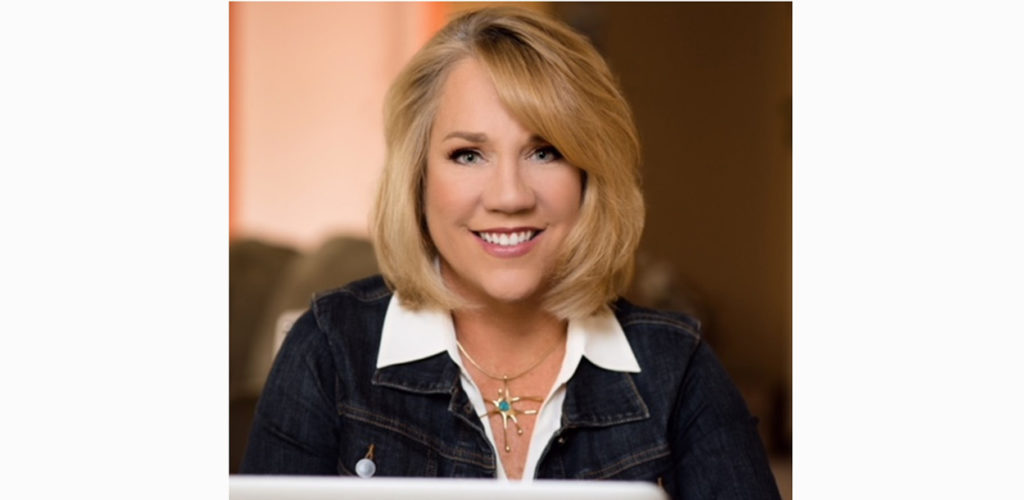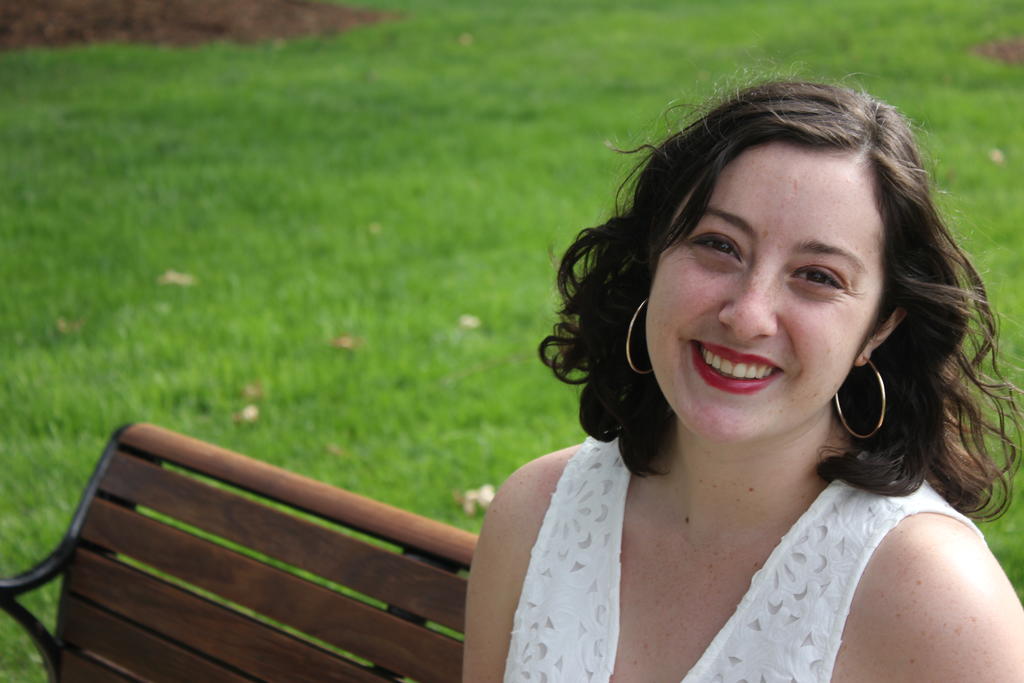Bringing together community activism and green technology can be a powerful combination, and it is one Shawn Marshall believes in deeply. Marshall, who has served as mayor of Mill Valley, California, and currently serves as executive director of the nonprofit LEAN Energy US, pioneered the concept of community choice aggregation (CCA) — sometimes also referred to as community choice energy — nearly 14 years ago. She has gone on to advocate for it all over the country and the world. CCA is a model of community partnership for energy production that can accelerate clean energy goals and provide autonomy to cities. Marshall was successful in getting a CCA established in Marin County in 2010, and has guided the establishment of CCAs all over the United States ever since. She was heavily involved in the fight for CCA in San Diego, which voted to establish its CCA in September 2019, and is the largest U.S. city to date to do so. We sat down with Marshall to talk about the green transition, community autonomy, and the power of local change.
Casey O’Brien: Can you describe a bit about the model of community choice aggregation?
Shawn Marshall: Essentially the way it works is that it’s a partnership or a shared relationship between the incumbent utility — which, in California, is Pacific Gas & Electric (PG&E), Southern California Edison (SCE), or in San Diego’s case, San Diego Gas and Electric (SDG&E) — and the communities that band together to form a CCA.
What they want to do is take over the responsibility and decision-making around power procurement and electric-power decisions. What they are not doing — what the utility continues to do — is all of the grid infrastructure, so the delivery of that power, the customer billing, different programs, and things like that. So when I talk about it being a shared model, that’s why. Because you’ve got the community taking over the electric content and procurement decisions, and then the utility maintaining its traditional role as a pole-and-wire energy distribution company.
Why do you think CCA is important, both environmentally and socially?
The first, absolutely, is the ability through procurement decisions to rapidly change the amount of greenhouse gas emissions (GHG) reduction, as well as to add renewable content on the grid. Literally with just a flip of a switch we’ve had communities go from the default power to now 100 percent clean energy, as has happened with some of the cities in Southern California.
It really accelerates climate action goals that the cities and the state have. That was the key driver when we started working on this back in 2006 in Marin [county]; GHG reduction was the number one goal. The second goal was, frankly, to break up the monopoly and to offer consumers a choice where previously they had none. The third value proposition was the ability to save money. It’s not a humongous savings in the state of California, but there is still a bit of a savings for customers who come in at that default product.
I would say that the real force value that we’re starting to see now in California is the ability for CCAs to leverage their revenues and their community presence to start putting steel in the ground for solar storage products, community microgrids, and substantial energy efficiency demand-response type programming. You’ve got CCAs up and down the state now really leading the way with those kinds of programs. So there’s now a fourth component, which is driving clean energy technology and innovation at the local level. So if you think about the four corners of a house, I would say those are the four core values of why we do it.
What makes San Diego a significant development in the CCA movement?
The reason why that’s a big deal is that they’ve literally been working on this issue since 2011. My first meeting about the potential for CCA in San Diego was in 2011. They started hosting forums in 2012, and then there was an advocacy organization — San Diego Community Choice Alliance — that really took hold. One of the things that really proved successful down there was the ability for advocacy organizations to set aside their particular egos and figure out how to work together. And that, to me, was the defining success that pushed the elected officials to take it seriously.
But it took a long time in San Diego because SDG&E is the investor-owned utility (IOU) down there. They had the monopoly all throughout the San Diego county. But when you look at a map of California what you realize is that SDG&E — while they are a huge utility — their service territory is relatively modest. They only serve San Diego, so you can imagine that the political fight around in any way interrupting their monopoly was incredibly contentious. But San Diego outlined a goal of being a city operating on 100 percent net zero, renewable energy by 2035. I think they can do it sooner than that, once they get their CCA program up and running. I think they can do it by 2025 or 2030 at the outside. San Diego is the largest U.S. city to adopt CCA with a clean energy focus.
What has it been like to watch CCA grow ever since you first started in Marin in 2006?
I have to say, when I was down in San Diego when the city council took the vote to move forward — you’re just sort of getting through that meeting and making the remarks you need to make and kind of being on task. But when it was over, I internally was starting to cry because it is a big deal.
When you stop and think about it, we started this work in Marin back in 2005-2006, and it was the biggest David-and-Goliath fight ever. Then we were finally able to launch in 2010 and it was like the Little Engine That Could. The reason that it’s spread is because it’s a progressive green idea — that certainly helps — but the economics of it have proven out. Customers are saving money, these programs are financially feasible, and they are delivering on the clean power promises that were made. They are starting to now do local power development and microgrids, and all of these other advanced energy services that we just haven’t been seeing with the large utilities, so they’ve really been incubators for innovation as well.
You have been involved in this work for a long time. Do you think there is more appetite for climate action now?
In California, I would say the answer is definitely yes. There are a number of organizations, including ours, out there that are really pushing the issue of distributed energy resources combined with storage, and so I do think that CCAs are sort of leading the way. They’re not paying for all of it, but they’re definitely leveraging.
Do you think there has been growth in local climate action in the last few years?
All of the efforts that are happening sub-nationally are tremendous. And CCA is certainly one significant tool, but there are lots of them. What I love to see is how CCA as a hub at the local level becomes an incubator for all kinds of different technologies. A bunch of the CCAs right now, as an example, are running electric vehicle incentive programs. So it’s very tactical, consumer-driven integration of clean power technology. And the CCAs do it really well because we’re the local connection.
If you were going to take one major lesson from the San Diego victory that could be applied in other parts of the country, what would that be?
I think really it’s two things. One, don’t be afraid to set the goal; set the goal, and don’t back down from the goal. Secondly, don’t give up. It took us seven or eight years to get it done in San Diego. That’s a long time. A lot of people walked away from that. But the future opportunity that comes from seven years of effort is decades long. I know this work makes a discernible difference, city by city, town by town, county by county. That’s how it gets done. And you just have to have resilience and patience.









